The New Motorola Moto X (2nd Gen) Review
by Joshua Ho on September 17, 2014 9:00 AM EST- Posted in
- Smartphones
- Motorola
- Android
- Mobile
Camera
At this point, there's not much introduction needed for smartphone cameras. While there was a time when people were amazed at the fact that their phone had a camera, today smartphone cameras are one of the primary ways people take photos. In order to analyze camera holistically, we have to look at capture latency, focus/exposure latency, along with user interface and the quality of the final product. While our current test suite isn't quite as good as I'd like it to be, it should be good enough to get an idea of how the Moto X performs relative to the competition.
The new Moto X is actually a major shift in Motorola’s camera strategy. For the longest time, we saw that OmniVision was the main source of design wins in Motorola smartphones. For the most part, these cameras were decent, but I always recalled that Motorola phones didn’t really have the best cameras. With the launch of the first Moto X, things took a drastic turn. While RGBC ClearPixel was academically interesting, looking back it wasn’t really worth the hit to resolution and color accuracy.
This leads us to today. Today, the new Moto X no longer uses an OmniVision camera sensor. Instead, we see a Sony IMX135 in its place. While the spec sheet released by Motorola states that the optics have an F/2.25 aperture, the EXIF data reads out an F/2.33 aperture. At any rate, the focal length is a relatively long 31mm equivalent at 4.235mm. This is almost identical to the previous Moto X, so there’s no real difference in framing here. I’ve put all of this information into a table below to make things easier.
| Motorola Moto X Cameras | ||||
| Moto X (1st Gen) | Moto X (2nd Gen) | |||
| Front Camera | 2.1MP | 2.1MP | ||
| Front Camera - Sensor |
S5K5B3G (1.75µm, 1/4.5") |
AR0261 (1.4µm, 1/6") |
||
| Front Camera - Focal Length | 2.92mm | 2.16mm | ||
| Front Camera - Max Aperture | F/2.4 | F/2.275 | ||
| Rear Camera - Sensor |
OV10820 (1.4 µm, 1/2.6") |
IMX135 (1.12 µm, 1/3.06") |
||
| Rear Camera - Focal Length | 4.499mm (30mm eff) | 4.235mm (31mm eff) | ||
| Rear Camera - Max Aperture | F/2.4 | F/2.33 | ||
Overall, we can immediately see that Motorola isn't shipping the latest generation camera sensor. I suspect this is partially due to cost reasons and the generational improvement to IMX214 is relatively minor for the most part, as covered in the LG G3 review. One of interesting point is the Aptina front facing camera sensor, as Aptina design wins seem to be relatively rare at this point. In this case, Aptina's AR0262CP would be an interesting experiment as it seems to be identical to the AR0261 but with Aptina's Clarity+ RCBC pixel layout. While this would be risky in terms of engineering, RCBC seems to give the benefits of clear pixels without the drawbacks that come with RGBC, although it's hard to tell whether this is really true without a shipping implementation.
At any rate, before we get into the proper image analysis I wanted to talk a bit about the camera UI because while it’s part of the software, it’s really needs special attention in most cases as even small issues can ruin the experience. In the case of the Moto X, most of the glaring issues aren’t present. Motorola has managed to do what some other OEMs still can’t figure out by properly setting aspect ratio for previews based upon the aspect ratio of the final image. In addition, the extremely simple UI is probably a good thing, as most users will never need more than photo, video, and changing to front or rear camera on a regular basis.
There’s a settings menu that appears after swiping right from the left edge of the viewfinder, and it provides for quick control of the camera, which is nice. In this menu it’s possible to enable a feature to control exposure and focus. However, even with this feature enabled it’s not possible to force an AF run, which is definitely on the frustrating side as the camera will often fail to detect out of focus situations or focus poorly. Overall, while the UI is simple and easy to use I feel that Motorola pushed simplicity a bit too far here. Of course, Google's camera application is available on the Play Store which should help a lot there.
While I'm still working on getting a good test for focus, exposure, and capture latency, I'll note that subjectively the new Moto X feels as fast as the Galaxy S5 and One (M8) to focus and expose, but capture latency seems to be a bit longer, but nothing really worth noting.
Still Photo Analysis
Since cameras are not just judged purely by their UI, we turn to a few standardized test charts and also some test scenes in order to get a good feel for overall still photo quality. To start, we'll look at the ISO resolution chart.
In the new Moto X, it seems that the maximum resolution is relatively similar to the previous Moto X. Aliasing seems to happen around the 1700 line pairs per picture height mark in both cases. In the center target, there's noticeably less aliasing. In general, aliasing seems to be handled better as there are some odd color artifacts in the previous Moto X while the same isn't as significant in the new Moto X. The new Moto X definitely has more noticeable noise at 100% though, as there's noticeable line edge roughness especially as the point of peak resolution is reached.
One of the first scenes we'll start with is a relatively simple outdoor landscape shot. Here, the new Moto X does relatively well. There's a noticeable increase in resolution compared to the previous Moto X, but it's behind Samsung's Galaxy S4 in terms of recovered detail. The parked taxi and speed limit signs are especially helpful here, as the numbers on both are noticeably harder to make out. Additionally, the color in general seems a bit strange as the sky in my area isn't really a pale blue. At some point I definitely want to determine a method at some point for properly testing color accuracy. I also find the output to be oddly processed, with areas that seem to be oil paintings and others that seem to have strong luminance noise. Judging by how this seems to only happen in areas where noise is high contrast, this is likely due to excessive sharpening. At any rate, the new Moto X should be perfectly capable of great photos in daytime.
In this scenario, we turn to a light box test in order to try and get a good idea of how the new Moto X performs in conditions between day and night. When comparing the two Moto Xes, the new Moto X clearly suffers less from color artifacting, as close examination of the textbook in the center of the setup has obvious color shifting throughout the text while no such issue occurs in the new Moto X. Detail also appears to be more obvious on the new Moto X when compared to the previous version, but there's a great deal more luminance noise throughout the photo. Interestingly enough, the Galaxy S5 LTE-A with its Sony IMX240 sensor appears to have the most detail out of the Android phones in this test. For reference, the detail on the bell seems to be greater, and the words "environmental responsibility" on the side of the box are legible on the GS5 LTE-A Broadband, but this doesn't seem to be the case for any other phone in this test. At any rate, the new Moto X continues to lag a bit behind the competition but the differences seem to be small here.
In this extreme low light situation, we see the very limits of resolution and overall photo quality as sensor gain/ISO is pushed as high as it can go. Interestingly enough, the new Moto X beats the previous Moto X in both color accuracy and resolution in this scenario. While newer generally means better, the previous Moto X used a larger sensor and an RGBC pixel layout in order to try and extract maximum low light performance. Just looking at the speed limit sign will show that this didn't help the 2013 Moto X, as the text of the sign is effectively unreadable. Surprisingly, the new Moto X is capable of extracting readable text from the sign, even if it is incredibly noisy and blurry. In addition, in the old Moto X there's a noticeable green tint to the asphalt that shouldn't exist. While it's easy to point to the OEM, I suspect this may actually be a characteristic of OmniVision image sensors as I've had multiple devices with OmniVision camera sensors that exhibit this behavior. Unfortunately, the comparison against current generation devices is not as rosy. Against the LG G3, there's really no competition as OIS allows for longer exposure times and LG seems to do a better job of preserving detail while processing out noise. Not much needs to be said about the best, which include the iPhone 5s, G3, Lumia 1020, and One (M7). For the purpose of comparison, the One (M7) with ST-M's image sensor is a reasonable stand-in for the One (M8), although the light streaking shouldn't happen and is likely due to an unnoticed smudge on the cover lens.
I also wanted to test HDR, as such a function is often necessary when dealing with the low dynamic range of most smartphone cameras. For those unfamiliar with such a feature, this is effectively a way to make it possible to see underexposed and overexposed areas in a photo by combining multiple photos. As a result, such functionality is actually much more important than a checkbox feature. In the case of the new Moto X, Motorola has simply been too aggressive, and as a result there are significant halos around objects and uneven lighting of surfaces that should be evenly lit. If it doesn't seem obvious, I've attached a photo of the same photo taken with HDR off below. Be sure to pay attention to the white space around all of the objects.
The other feature I wanted to talk about is the ring flash, which is supposed to reduce the amount of harsh shadowing that we normally see with LED flash. This is definitely true to some extent, and in general the camera performance seems to be massively improved when compared to the previous Moto X. Of course, this isn't really the only comparison that needs to be made, although only the new Moto X and old Moto X will be directly above and below this text, respectively. It's pretty obvious in this test shot just how big of a difference the ring diffuser can have in reducing shadow effects.
As a result, it's also important to check the gallery above in order to get the full context of what I'm about to say. To put it shortly, I don't really see the benefit that comes from the dual LED flash and ring diffuser. It seems clear to me that while certain LED flash positions will cause harsh shadowing effects, others seem to avoid this issue for the most part.
Unfortunately, this makes LED flash almost unusuable in some other cases. Due to the sheer proximity of the flash to the camera sensor, red-eye effects are quite significant. To illustrate this, I took a portrait of a person with their face centered in the camera. The crop above is from the new Moto X, and the crop below is from the One (M8).
While the crop from the M8 is out of focus, it's pretty clear that the red-eye effect is significantly reduced when compared to what we see in the Moto X. Although a ring diffuser seems like a good idea, it comes with some trade-offs that would be difficult to justify.
Video Analysis
The new Moto X doesn't seem to bring too much to the table in terms of video recording at this point, but for those that are unfamiliar with the capabilities of the new Moto X video recording is effectively boiled down into three modes. This includes 4K, standard 1080p video, and slow motion 1080p video. We'll start with the 1080p video first and then 4K and slow motion.
Here, we see that the EIS is incredibly effective. Motorola has managed to stabilize video to the point where one could actually confuse this level of stabilization with OIS. Ultimately, quality is about in line with what I expect from a 1080p video. However, I see noticeable artifacting which is odd and hopefully this is fixed with the final release. At any rate, the video seems to be encoded at 17 Mbps H.264 high profile, which is good enough until HEVC encode is possible in real time. For real detail 4K video is needed, so let's look at that next.
Unfortunately, it seems that 4K video in this phone incurs a trade-off, likely the result of an ISP limitation rather than any real oversight. While resolution goes up, the loss of EIS means that the resolution gains are really only realized when standing still and holding the camera carefully. In this mode, we see 51 Mbps H.264 high profile, which is not quite four times the bitrate that we see with 1080p. We see similar artifacts from the 1080p mode present in this 4K recording as well.
Finally, slow motion video appears to be 1080p60 played back at 15 FPS for 4x time dilation. I personally would prefer to see 1080p60 instead of slow motion, but this works as well. I also see similar artifacts in this sample video as well, which could be fixed by the latest firmware running on consumer hardware. At any rate, this video seems to be encoded at 8.5 Mbps H.264 high profile, which means that quality should be identical to the 1080p30 mode.
Overall, other than the noticeable odd artifacts every now and then I don't have too much to say regarding video quality, although I'm sure that low light performance will require heavy use of the LED flash.


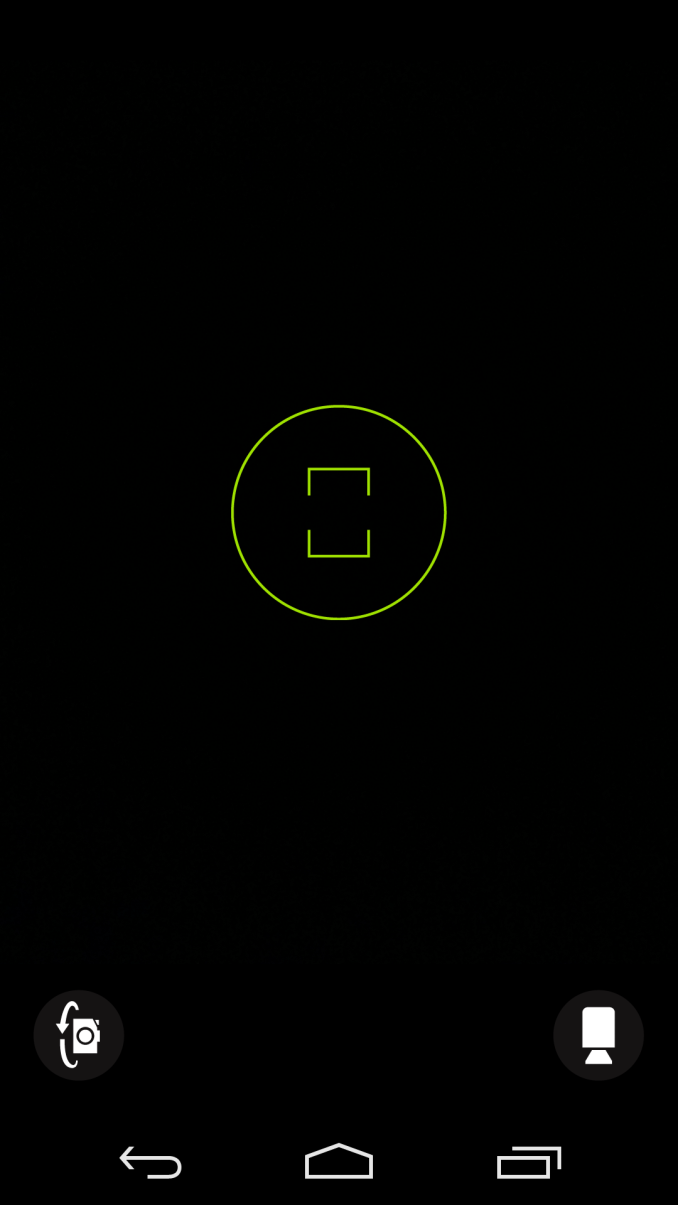
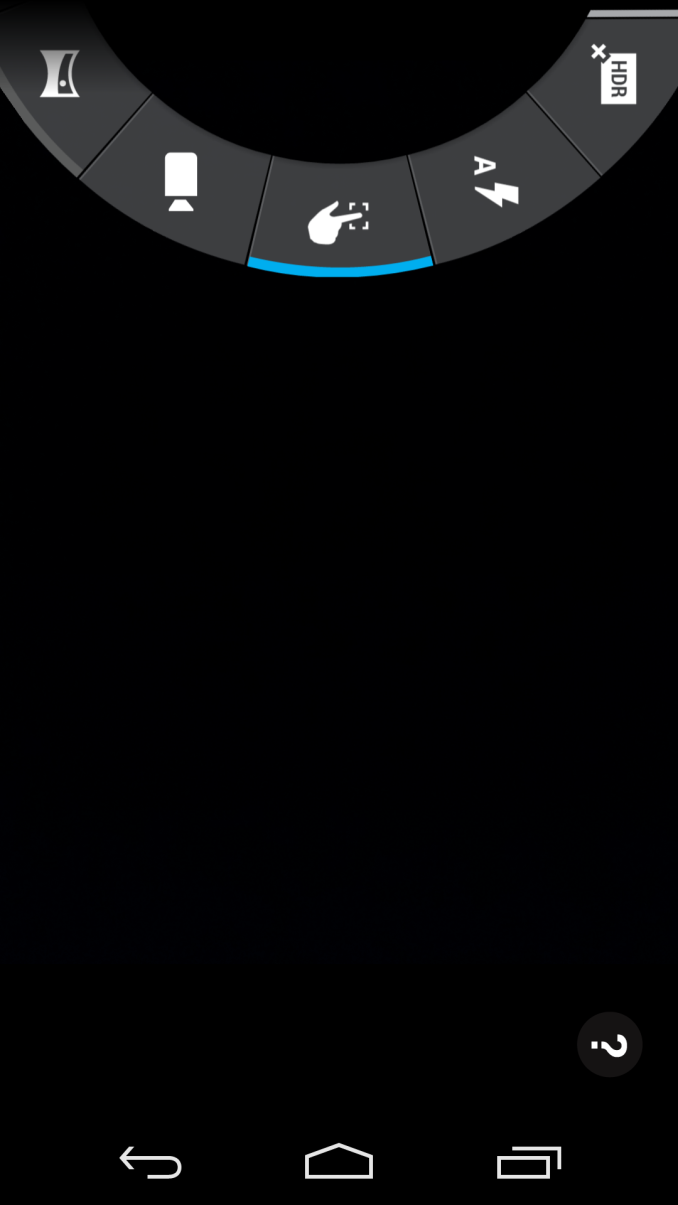
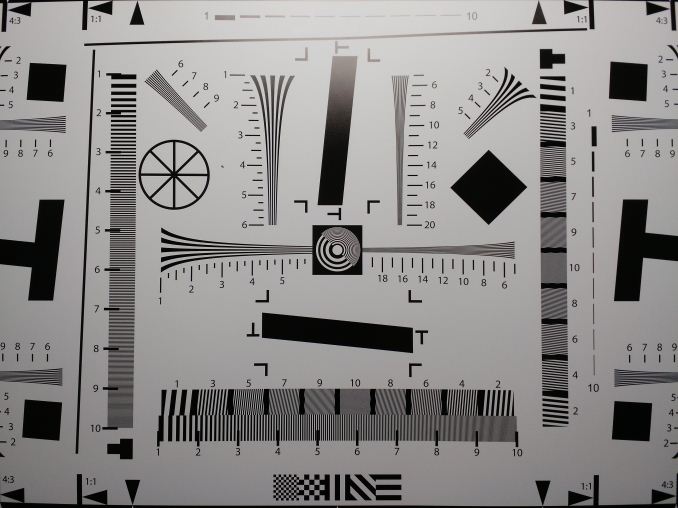






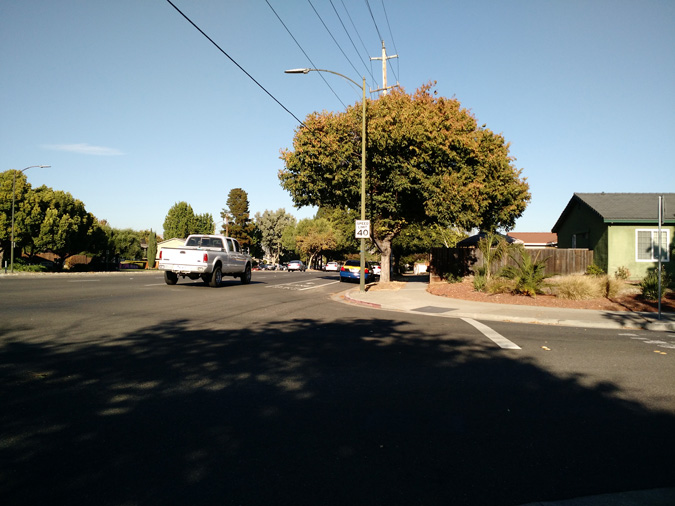






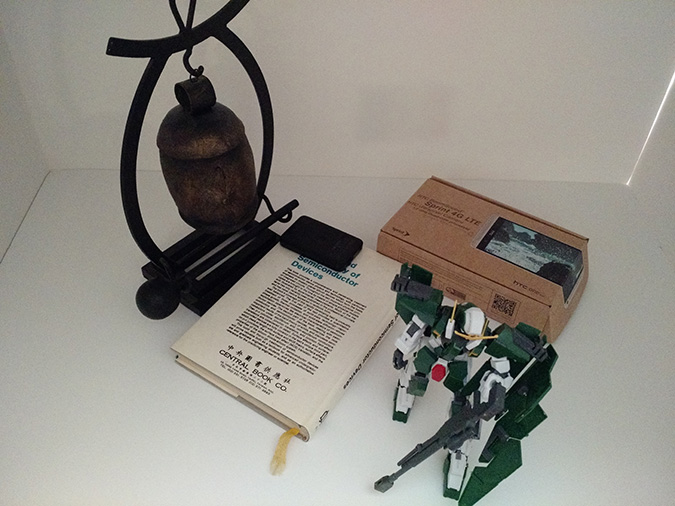






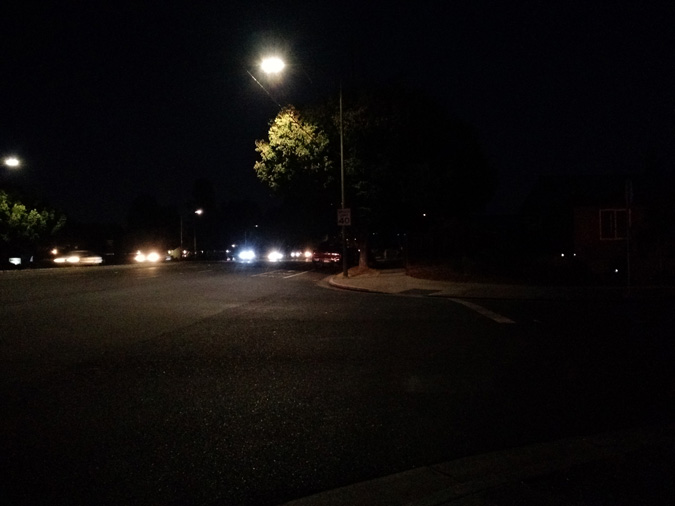






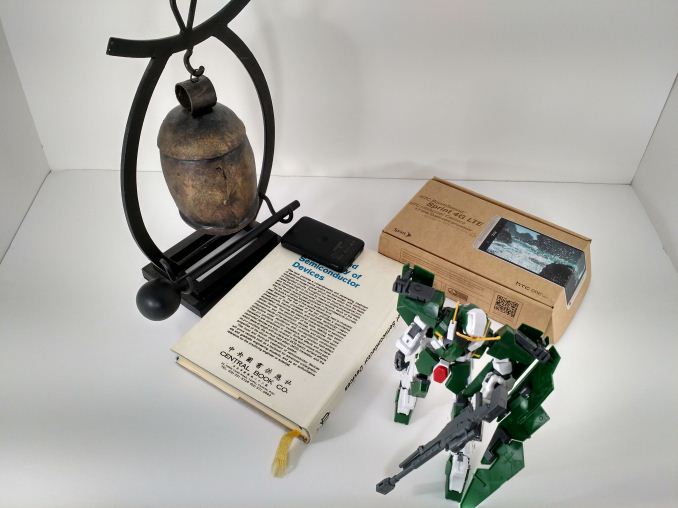


_thumb.jpg)



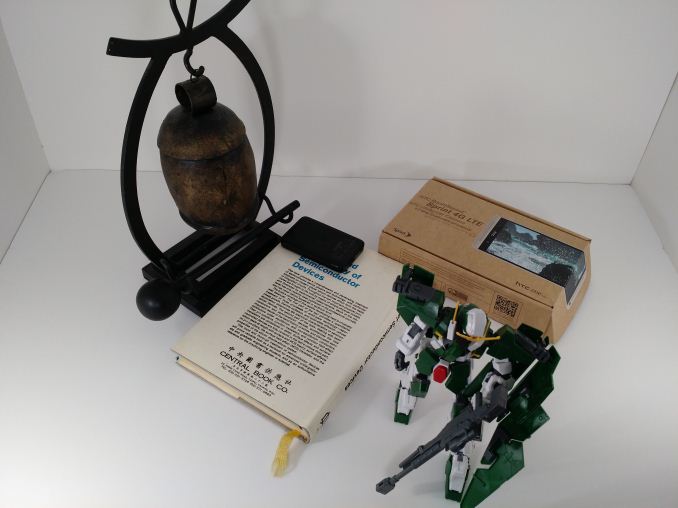






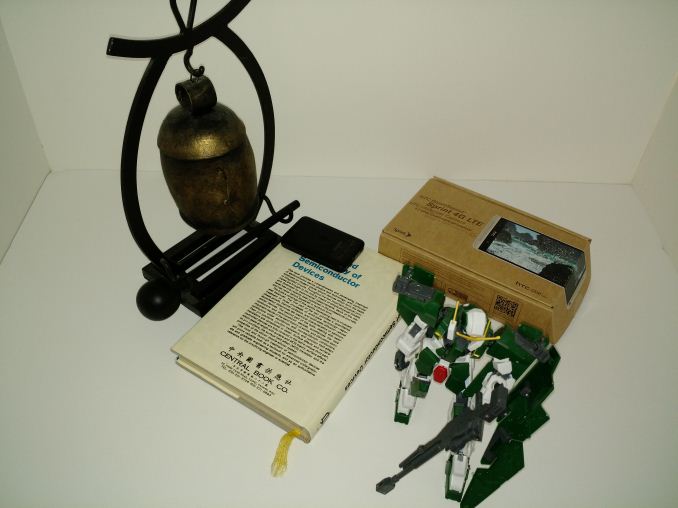











179 Comments
View All Comments
Endda - Wednesday, September 17, 2014 - link
and the Sony Xperia Z3 CompactNBMTX - Thursday, September 18, 2014 - link
The Z1f outsold the iPhone in Japan and it's seemingly only getting more premium AND more durable at the same time with the Z3c... though I like the Z1f/c's sides a bit more than the Z3c's.piroroadkill - Wednesday, September 17, 2014 - link
Alpha is a PoS compared with Z3 Compact.NBMTX - Thursday, September 18, 2014 - link
+1,000,000I would have really liked Moto to have gone head to head with the new iPhone staying at [a more compact] 4.7" with a much better sRGB calibrated display, a tested and quality 8mp camera with ois, a decent headphone amp (more important than stereo speakers, imo) with at least decent headphones, an included turbo charger, and something amazing like shell cordovan leather (vs delicate current options) that would [theoretically] only get better with the level of use our phones get...I think with small changes like that, it could have easily unseated the iP6 as a "premium device with attention to detail"...
wffurr - Wednesday, September 17, 2014 - link
I was pretty disappointed to see the new Moto X go to the larger screen size. I think Apple nailed it with different devices at 4.7" and 5.5". I wish Moto had kept the X at 4.7" and just upgraded the internals, maybe done the metal band thing, and introduced a new larger phone as a separate model.Maybe they don't have the internal resources to do two models, so they had to compromise and release a phone that's too big for one hand but not big enough to compete with the Note or iPhone 6+. That seems like a really poor choice to me, if so.
NBMTX - Thursday, September 18, 2014 - link
I'm with you but my guess is they simply settled on making it directly in between both sides of the argument... which makes sense. I guess.Also, Apple's 4.7" is fairly different than Moto's 4.7", if it's Nexus 5 like dimensions (but thin, with rounded edges) are anything to go by. Moto's was perfect, IMO. I'm glad the curvature is seemingly here to stay.
fokka - Wednesday, September 17, 2014 - link
wonderfully put. also, if they wanted to be part of the 5-inch crowd so bad, why not just make it 5 inches? why go for 5.2?they should just have stayed at 4.7", that was a big part of what made the x stand out in the first place. a more efficient SoC, bigger battery, better camera and maybe, just maybe, even an sd slot and they would've been good for another year.
but as nice as the new x looks, now we have yet another phablet sized phone with mediocre runtime and mediocre camera.
soccerballtux - Thursday, September 18, 2014 - link
having the Nexus 5, I think it's just a bit too small, but every 5.2" phone I use, I feel is perfect. 5.5" too big, but not 5.2.kasakka - Wednesday, September 17, 2014 - link
Agreed. It's not a coincidence that Apple went with 4.7" for the iPhone 6. It's probably the perfect display size for a smartphone at the moment, provided the bezels are very slim. As an owner of the Galaxy S4, I feel it is just a tiny bit too big to hold and use comfortably with one hand.I truly hope the trend swings around soon and manufacturers realise that there is a good market for slightly smaller, high performance phones. In Japan I had the pleasure of trying the Sharp Aquos XX Mini (4.5") and it was pretty amazing (battery life at such a small size w/ 1080p screen is questionable though) and would've bought it if it had had support for 3G/LTE in my country.
soccerballtux - Thursday, September 18, 2014 - link
I am not the only one that thinks 5.2" is the sweet spot and wishes my Nexus 5 had a 5.2" screen.